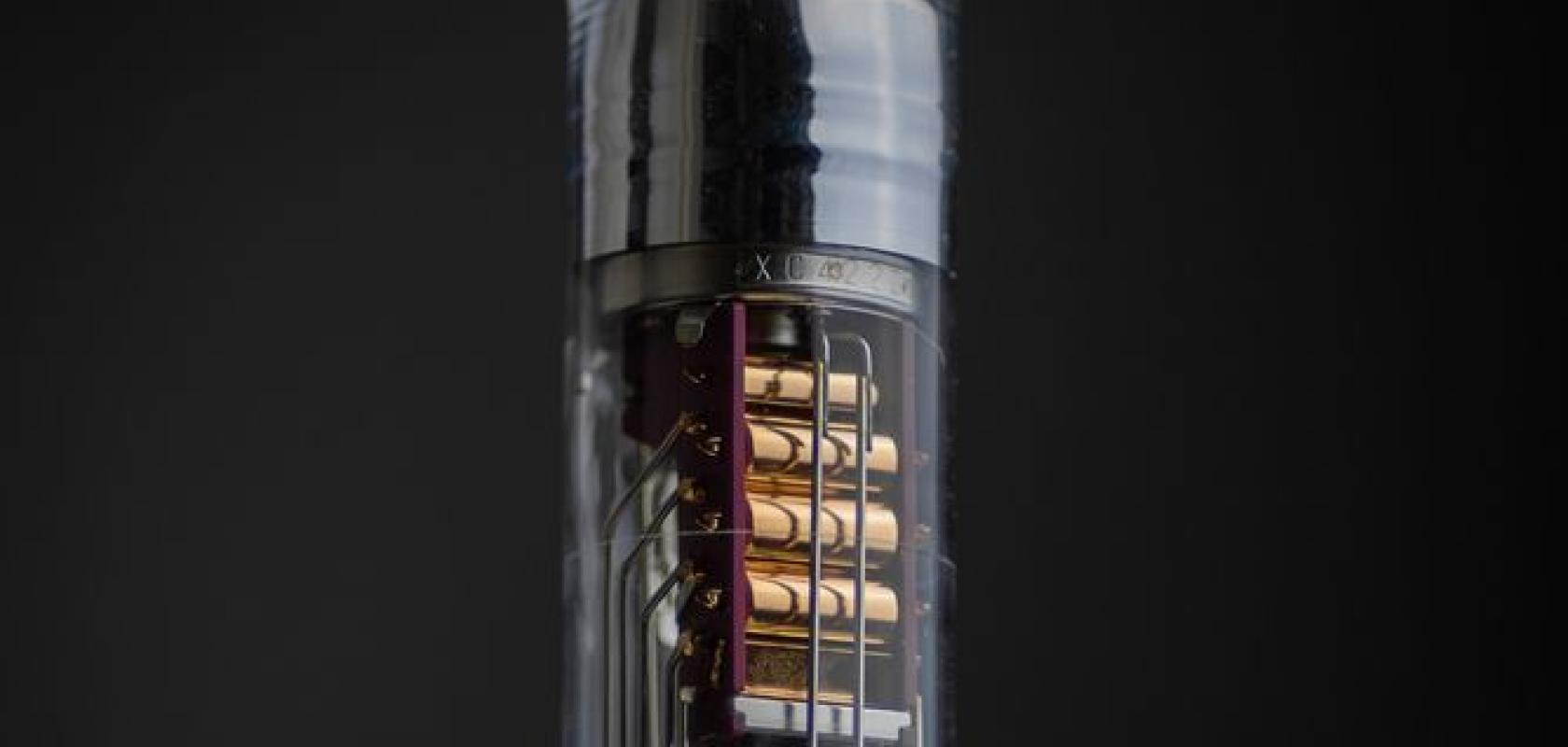After joining forces seven years ago to develop a new class of photomultiplier tube (PMT) photodetector, Hamamatsu Photonics and DTU Electro are making the partnership official with the former’s acquisition of the co-developed innovation.
Photomultiplier tubes (PMTs) are common components existent in a range of modern technologies, including in nuclear medicine imaging, where they detect the signal that originates from radioactive contrast liquid, enabling the diagnosis of heart disease and cancer, for example, as well as in space exploration, providing guidance for telescopes such as the James Webb Space Telescope (JWST), allowing them to maintain a high degree of precision positioning and stability when photographing far-away galaxies.
How photomultiplier tubes (PMTs) work
Relying on basic physics that hasn’t changed, PMTs have been used for over 60 years without major updates. They feature a vacuum tube with a special photocathode surface at one end. When light hits the photocathode, an electron is released into the vacuum, which is then accelerated. After hitting a metal wall inside the tub, the electron is multiplied. As the process can be repeated up to ten times, PMTs have the ability to turn one electron into 100 million, which creates an electrical current that can indicate a photon started it all.
PMTs produce very little noise, because the activity all occurs inside a vacuum, but in order to kick-start the process by releasing an electron, the photocathode needs light in near-infrared range or higher. However, by using a specially designed metasurface instead of the traditional photocathode, researchers at DTU Electro have developed a way for PMTs to detect light at any frequency, from microwaves to visible light.
Replacing the traditional photocathode method
Light causes electrons to be emitted, which is how the traditional photocathode method works, using this photoelectric effect, but the newly developed metasurface uses a process called light-driven field emission instead. Incoming electromagnetic radiation is focused on tiny spots on the metasurface, where energy is so intense it causes electrons to jump into the vacuum via quantum tunnelling. The effect can then be adjusted to work with any light frequency by changing the design of the metasurface.
Commercial opportunities for Hamamatsu Photonics
With hundreds of PMTs in the company’s product catalogue, working in collaboration on this innovation allows Hamamatsu Photonics to leverage its market position, taking an existing class of photodetectors and operating it in completely new frequencies by exchanging only a small part of the technology. This new class of PMTs can now be used for a wider range of detection tasks, with further research to come.
One new area of use is in the inspection of semiconductor materials and 2D materials, to map the quality of electrical properties with precision, and enable the creation of high-speed electronics. By observing fluctuations with high sensitivity, they could also be ideal for the environmental monitoring of certain types of gases such as CO2.
Tobias Buchmann, a PostDoc at the Technical University of Denmark who was nominated and recognised in the Photonics100 list in 2024, which referenced his work on the PMT project in collaboration with Hamamatsu Photonics, said: “It’s been both exciting and rewarding to collaborate [on the project], this cutting -edge technology is set to unlock new detection capabilities at light frequencies that were once challenging to work with, opening the door to remarkable possibilities.”


